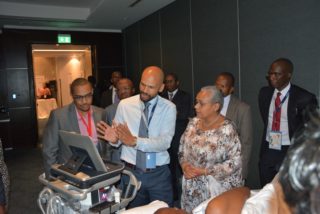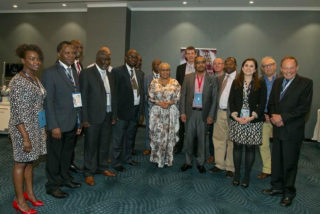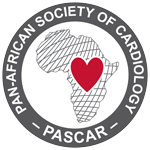STEMI in Kenya
Well known for its record-breaking long distance runners, perhaps less well known for its cincreased prevalence of heart attaks, discover the challenges faced by Kenya in providing optimal for STEMI patients throughout the country.

By Dr. Harun A Otieno
Kenya is located on the East African coast along the equator with a population of 48 million and life expectancy of 62 years (1). It is well known for its fine tea, animal safaris and record-breaking long distance runners. Ironically, there is an increase in the prevalence of heart attacks, most likely due to changing lifestyle patterns or what is known as epidemiological transition. In the sixties and seventies, cases of acute myocardial infarction were very rare in our African populations. Recent data shows that our patients with STEMI present to hospital 12 to 13 hours (2) from the onset of their symptoms! The reported hospital mortality is about 5 – 10% with up to 50% developing post myocardial infarction heart failure (3). Annual estimates of CAD mortality approach 10,000 deaths/per annum (4).
Currently, there are 8 catheterization labs in the country with 7 of them being located in the capital city of Nairobi. There is a gap in the management of STEMI due to the challenge of high cost of treatment and medical devices, lack of skilled health workers to diagnose and treat STEMI and its complications and the absence of well coordinated systems of care for STEMI care. In April this year, AfricaSTEMI Live 2017 (5), an annual meeting brought over 200 cardiac specialists from all over Africa to discuss the unique challenge of STEMI care on the continent. One of the highlights of the meeting was the launch of the global Stent-Save a Life initiative by Dr. Christoph Naber who gave a video presentation to the delegates highlighting the importance of a nationally coordinated care and structure for heart attack victims.
Efforts are already underway to understand our patient profile through a mobile phone based data base, develop a hub-and-spoke system for care and promote education and training with the national cardiac organization, the Kenya Cardiac Society. A presentation to the national health insurance in June showcased the importance of health financing for ambulance and hospital care as part of the cardiac program. Small steps towards the improvement of STEMI care have begun and we can look forward to improving care by harnessing the local innovation and collectively coming together in the spirit of “Harambee”, a Swahili word that means let us all pull together.



References
1 World Bank data
2 Shavadia J. CVJA 2012
3 Ogengo JA.
4 World Health Organization Data 2014
5 www.africastemi.com






